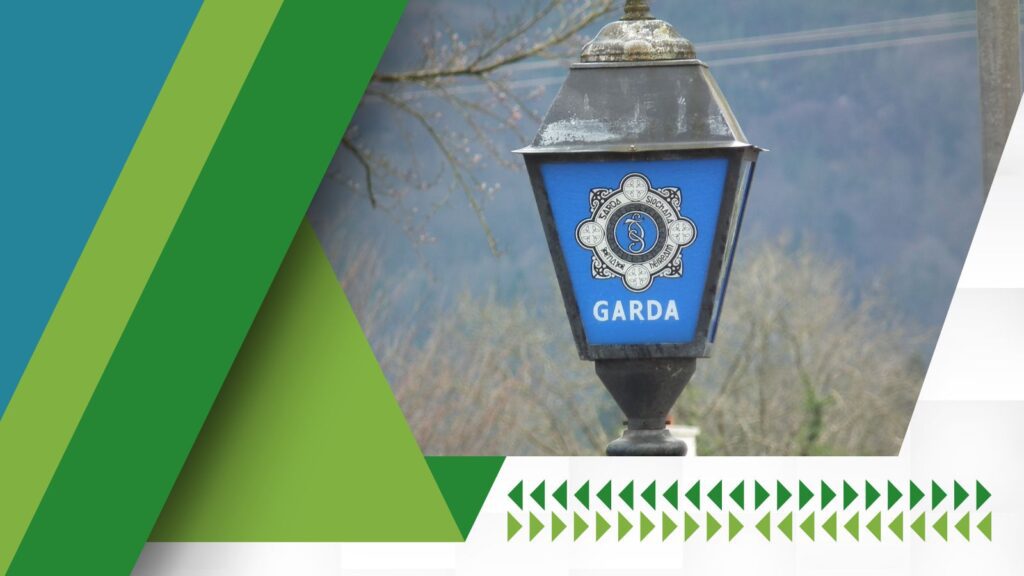
What is the relationship between alcohol and crime?
Alcohol and crime have a closely interconnected relationship, with alcohol consumption being a contributing factor to crime and antisocial behaviour. Alcohol plays a key role in crimes such as public order offences, domestic violence, assault and murder, as well as rape and sexual assault.[i] It is not always possible to tell the exact number of crimes caused due to alcohol use, but studies have estimated that between 30% and 65% of assaults, disorderly conduct, public order, and other social code incidents are associated with alcohol-use.[ii]
President of the District Court, Justice Paul Kelly, previously stated that “If alcohol disappeared overnight, the courts could close down.”.[iii] He further elaborated that alcohol “cuts across almost the entire range of offences; it’s behind most public order, assaults and criminal damage, it’s probably behind 80 per cent of family law, has a huge impact in childcare and, obviously, there’s drunk driving.”
Impact of alcohol-related crime has a ripple effect
However, harmful alcohol use is not simply a matter of individual responsibility. The impact of alcohol-related crime and anti-social behaviour has a ripple effect, extending beyond those directly affected and impacts entire communities, society, and the economy. Furthermore, it has a pernicious effect on people’s perceptions of safety and security, especially in our town centres and city centres.
Many studies have demonstrated significant, and positive, associations between alcohol consumption and rates of criminal violence, and we can say with some confidence that more drinking tends to result in more violence, and less drinking tends to result in less violence.[iv]
Indeed, the most recent research from ‘The Probation Service’ revealed a link between alcohol misuse and current offence amongst 53% of their research samples.[v] Such a situation is underscored by Irish Prison Service estimates that approximately 70% of people come into prison with an addiction or substance abuse problem.[vi]
Increase in alcohol-related offences
In recent years, Gardai have been warning of an increase in alcohol-related offences, which they attribute to a boom in ‘the night-time economy.’ A 2021 report by the Garda Síochána Inspectorate examining the standard of treatment, safety and wellbeing provided to persons in custody in Garda Síochána stations found that 48% of those in custody had consumed or had a dependency on alcohol, drugs or both.
In 2024 An Garda Síochána reinforced that any increase in licencing hours to sell alcohol for pubs and nightclubs would “present a serious issue from a resource and rostering perspective.” Representatives of AGS further stated that there are currently “insufficient resources to deal with the existing situation of 2.30am closing times as it is…”.[vii]
What is the cost of alcohol-related crime?
Research from 2013 revealed that alcohol-related crime amounted to 29% of all costs of alcohol-related harm in Irish society. This figure accounts for estimated crime-related costs such as the courts, prisons and Gardai, to, for example, costs incurred by victims of crime and property lost through burglary and criminal damage.
The OECD estimates that for Ireland the costs of alcohol harm are of the order of about 1.9% of GDP[viii] which tallies with research cited by the World Health Organisation that in high income countries alcohol harm amounts to up 2.5% of GDP.[ix] Therefore, for Ireland the cost of alcohol harm would equate to approximately €9.6bn-€12bn annually. This means that alcohol related crime could be costing Ireland almost €3.5bn per year.
Alcohol Action Ireland has made detailed submissions to public consultations on issues around offending:
References
[i] Byrne, S. (2010) Costs to Society of Problem Alcohol Use in Ireland. Dublin: Health Service Executive. Available at: https://www.drugsandalcohol.ie/15781/1/HSE_Costs_to_Society_of_Problem_Alcohol_Use_in_Ireland.pdf
[ii] Doyle, A., Mongan, D., Galvin, B. (2024). Alcohol: availability, affordability, related harm, and policy
in Ireland. HRB Overview Series 13. Dublin: Health Research Board. Available at: https://www.hrb.ie/wp-content/uploads/2024/06/HRB_Alcohol_Overview_Series_13.pdf
[iii] Carolan, M., Carswell, S. (2022). Inside Ireland’s District Courts: ‘If alcohol disappeared overnight, the courts could close’. Dublin: The Irish Times. Available at: https://www.irishtimes.com/news/crime-and-law/courts/district-court/inside-ireland-s-district-courts-if-alcohol-disappeared-overnight-the-courts-could-close-1.4781655
[iv] Room, R., Rossow, I., (2009). The share of violence attributable to drinking. Journal of Substance Use, 6(4), 218–228. Available at: https://www.tandfonline.com/doi/abs/10.1080/146598901753325048
[v]https://www.probation.ie/EN/PB/0/8E8D7A325F8432A180258789004249D9/$File/Drugs%20&%20Alcohol%20Misuse%20Research%20Report%202021%20(FINAL)_.pdf
[vi] https://www.drugsandalcohol.ie/25265/1/National%20report_Prison.pdf
[vii] O’Keeffe, C. (2024). Gardaí fear extended opening hours will worsen public order problems. Cork: Irish Examiner. Available at: https://www.irishexaminer.com/news/arid-41510051.html
[viii] OECD. (2021). Preventing Harmful Alcohol Use, OECD Health Policy Studies, OECD Publishing, Paris. Available at: https://doi.org/10.1787/6e4b4ffb-en
[ix] WHO. (2023). WHO technical manual on alcohol tax policy and administration. WHO technical manual on alcohol tax policy and administration. Geneva: World Health Organizatio. Available at: https://iris.who.int/bitstream/handle/10665/374284/9789240082793-eng.pdf?sequence=1


